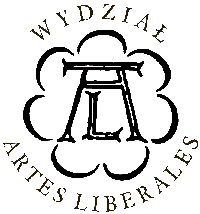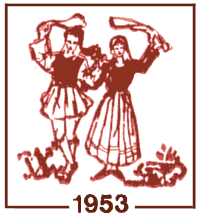The project is financed by the National Science Center and carried out at the Faculty „Artes Liberales” at the University of Warsaw in cooperation with the Dora Stratou Dance Theatre


| Testimony of: | knife |
| Source | Μουζενίδης 1956, 16 (in: EEH, sv. Πιτσάκ-οϊν, p. 525) |
| Original text | Ο χορός της Σέρας δεν εχορεύετο μόνον ως κυκλικός-ομαδικός χορός, από πολλούς χορευτάς μαζί. Υπήρχαν ειδικοί χορευταί της Σέρας - και αυτοί ήσαν οι αριστείς - που τον χόρευαν μόνοι, με ιδιαίτερες φιγούρες και με την βασική διαφορά από τον ομαδικό χορό ότι τον χόρευαν με την σπάθη "καρακουλάκ" ή "πάλλα" ή "κάμα" με την οποίαν επιτιθέμενοι ή αμυνόμενοι εναντίον αοράτου αντιπάλου (όταν χόρευε μόνον ένας) ή πετώντας την σπάθη στον αέρα και αρπάζοντάς την με δεξιοτέχνια, εποίκιλλαν την θεαματικότητα των κινήσεών των και έδιδαν το πολεμικόν χρώμα στον χορό τους. Το είδος αυτό του χορού Σέρας δηλαδή το "πιτζιάκ οϊνί" εχορεύετο κανονικά από δύο χορευτάς με σπάθας. |
| English translation | The dance of Sera is not danced only as a group-circle dance, butmany have danced it together. There were special dancers of Sera – the best ones – who were dancing it alone, with special figures and the basic difference from the group dance – they were dancing it with the karakulak knives, palla or kama knives, which was their weapon used against the invisible enemy (when it was single-danced), or they were throwing the sword in the air and grab it skilfully, and the artistry and the picturesque moves were giving a war-like flavour to their movements. This type of the Sera dance, that is the “pitziak oyni” was danced usually by two dancers with swords. |
| Region of occurence | Pondos - Show on map |
| Function | confirming manliness/dexterity, |
| Dance name | Pitsak-oin |